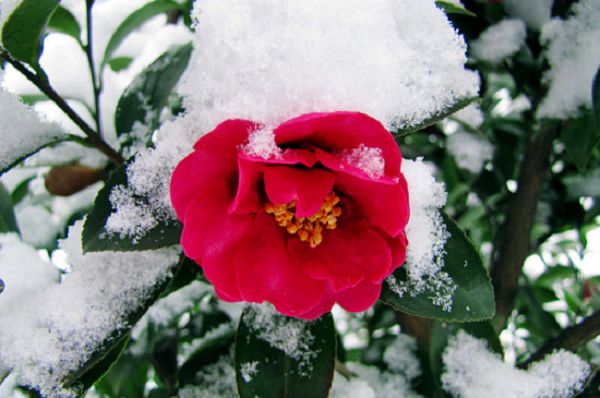Is it okay to apply compound fertilizer to potted flowers at home?
Fertilizer is very important for plants. As to what fertilizer to use and how to use it, many flower friends will be confused. Someone asked that since the compound fertilizer nitrogen, phosphorus and potassium is more comprehensive, can all the potted flowers in the family apply compound fertilizer? Let's talk about it next.
I. targeted use
The three main elements needed by plants are nitrogen, phosphorus and potassium. It is OK to use nitrogen, phosphorus and potassium compound fertilizer for all flower potted plants in the family, but there are many kinds of compound fertilizer, including high-nitrogen compound fertilizer, high-phosphorus compound fertilizer, high-potassium compound fertilizer and balanced compound fertilizer.
Different flowers have different requirements for nitrogen, phosphorus and potassium. For foliage plants such as green pineapple, fortune tree and happiness tree, the most important thing to promote leaf growth is to supplement nitrogen, so we can choose high-nitrogen compound fertilizer with relatively high nitrogen content. For flowering plants such as longevity flowers, gardenia and jasmine, high-nitrogen compound fertilizer can be used during the period of exuberant nutrition, and during flowering, it is necessary to increase the application of phosphorus and potassium fertilizer to promote flowering. Therefore, it is recommended to use ternary compound fertilizer with high phosphorus and potassium content or pure phosphorus and potassium fertilizer such as potassium dihydrogen phosphate.
Pay attention to the supplement of trace elements
Although nitrogen, phosphorus and potassium are the most important elements for plant water, trace elements such as calcium, magnesium, sodium, iron and zinc are also very important for their growth.
For example, the water and soil in the north are alkaline, and the excessive use of compound fertilizer will cause the soil to be alkaline, and the alkaline soil will lead to the lack of iron in the soil. it is very disadvantageous to the growth of flowers in acidic soil, such as gardenia, jasmine, camellia, rhododendron and so on. Therefore, when we use compound fertilizer, we should also pay attention to the regular use of ferrous sulfate to avoid iron deficiency yellowing in acid-loving plants.
Third, use with microbial agents.
Excessive use of compound fertilizer can easily lead to soil consolidation and salinization, which is not conducive to the growth of flowers. Therefore, it is suggested that lobular fertilizer can be used in combination with Ye Hongshi microbial agent. Microbial fertilizer can not only fix nitrogen, dissolve phosphorus and potassium, improve the efficiency of compound fertilizer, but also increase the content of organic matter in soil through the metabolic activities of microorganisms. make the soil more fertile, and it can also change the soil aggregate structure and enhance soil permeability.
- Prev

Which flowers bloom in winter? take an inventory of ten kinds of flowers that bloom in winter.
Which flowers bloom in winter? take an inventory of ten kinds of flowers that bloom in winter.
- Next

Three kinds of fungicides commonly used in flowers
Three kinds of fungicides commonly used in flowers
Related
- What if the leaves of potted flowers turn yellow?
- Florescence Control of several Flowers
- Anti-freezing technology and post-freezing nursing technology of flowers
- What is the classification of flowers? What are the common methods of flower classification?
- Prevention and control of alkali and acid damage of flowers in courtyard
- Technology of Anti-freezing and restoring growth of Flower seedlings in greenhouse and greenhouse
- How does flower fertilization not hurt the root? Fertilization technology of flowers
- Key points of disinfection in flower greenhouse
- Several pesticides that are banned or used cautiously in flowers
- How to fertilize the flowers that watch the leaves?

